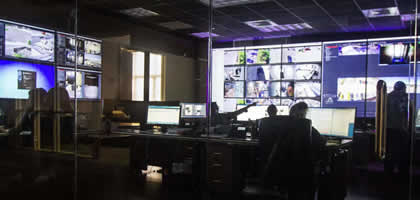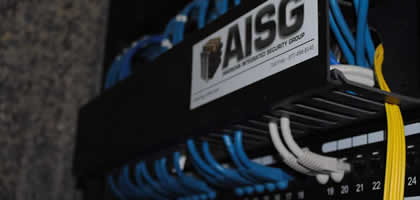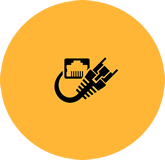Entry door access and physical security are the first line of defense in keeping your commercial building, employees, visitors, customers and vendors safe and secure.
AISG, an established and industry leading security systems integrator, has a team of access control security experts near you throughout the USA, to help your business achieve access security goals.
























